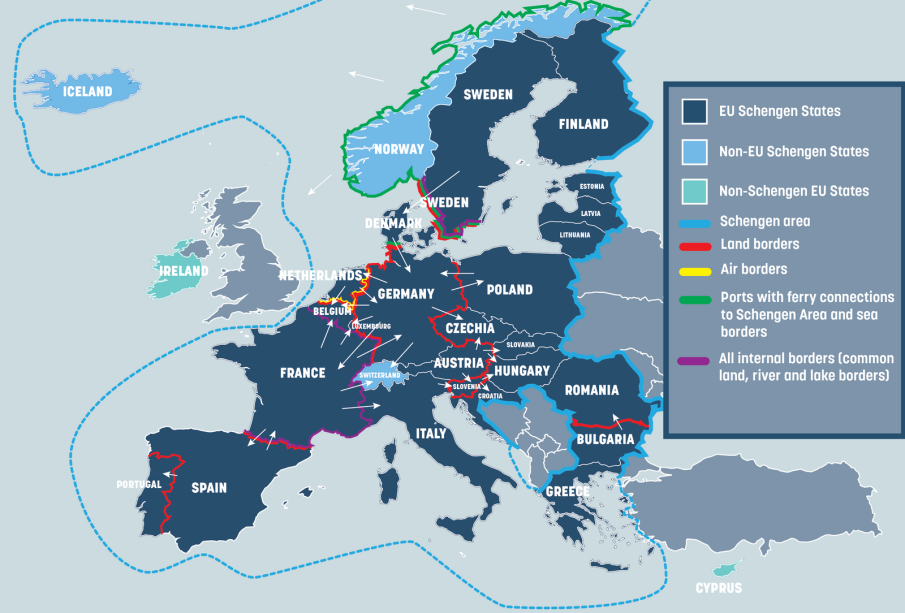Understanding the New EU Border Checks and Their Implications

Introduction
The introduction of new EU border checks is a significant development impacting travellers and trade throughout Europe. These changes have been prompted by a need to enhance security and streamline the movement of individuals across borders in the wake of rising global security concerns. Understanding these measures is crucial for anyone planning to travel to or conduct business within the European Union.
Details of the New Border Checks
As of October 1, 2023, the European Union implemented stricter border checks at external borders. These measures involve more comprehensive identity checks for travellers, including those from non-EU countries. The revisions come as part of the Schengen Borders Code amendments, aimed at bolstering security without significantly hampering the free movement of people within the Schengen Area.
The checks are designed to scrutinise passports and travel documents more rigorously, and in some cases, additional biometric data may be collected. Such data may include fingerprint scans and facial recognition to ensure the authenticity of documents and the identity of travellers. The EU hopes these steps will deter illegal immigration and enhance the detection of criminal activities.
Operational Impact
Many EU member states have already noted longer wait times at border crossings since the new checks were enacted. For instance, major airports have reported increased processing times, causing delays for international flights. Cars and trucks crossing borders have also experienced longer queues, affecting trade and logistics operations. EU officials have acknowledged these difficulties but underscore that the measures are vital for maintaining security across member states.
Reactions and Adaptations
Responses to the new border checks have been mixed. While some travellers support increased security, others have expressed frustration over the delays and additional procedures. Travel industry representatives are urging authorities to streamline processes to mitigate impact on tourism and cross-border commerce. Additionally, discussions are underway on potential technological solutions such as automated border control gates to facilitate quicker movement through checkpoints.
Conclusion
The implementation of new EU border checks marks a critical shift in how the region manages its external borders. While necessary for enhancing security, these changes pose challenges to both citizens and businesses. Moving forward, it will be essential for EU authorities to evaluate the effectiveness of these measures and consider adjustments to alleviate potential disruption caused by longer processing times. As the situation evolves, travellers and trade operators must stay informed about the latest developments.









